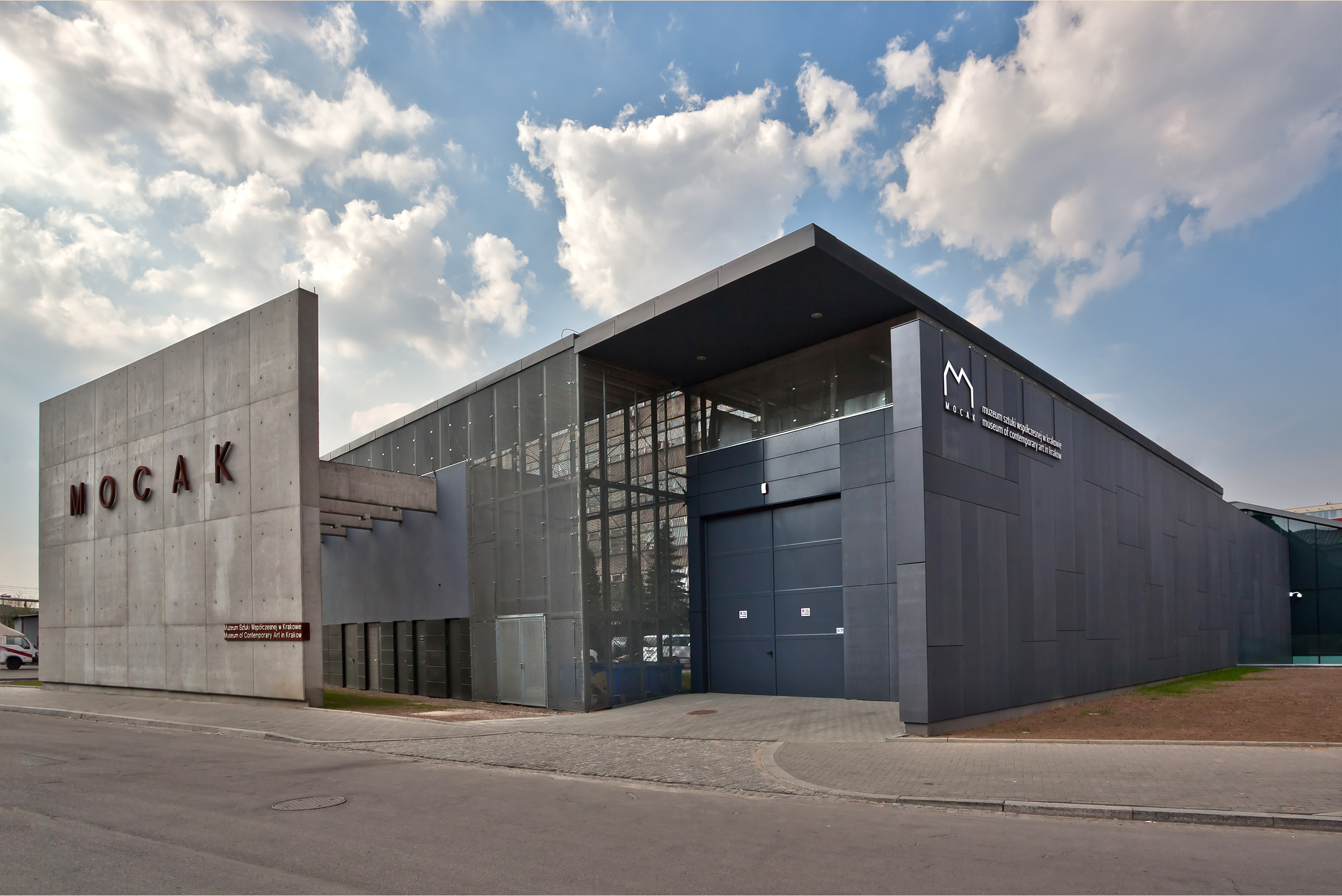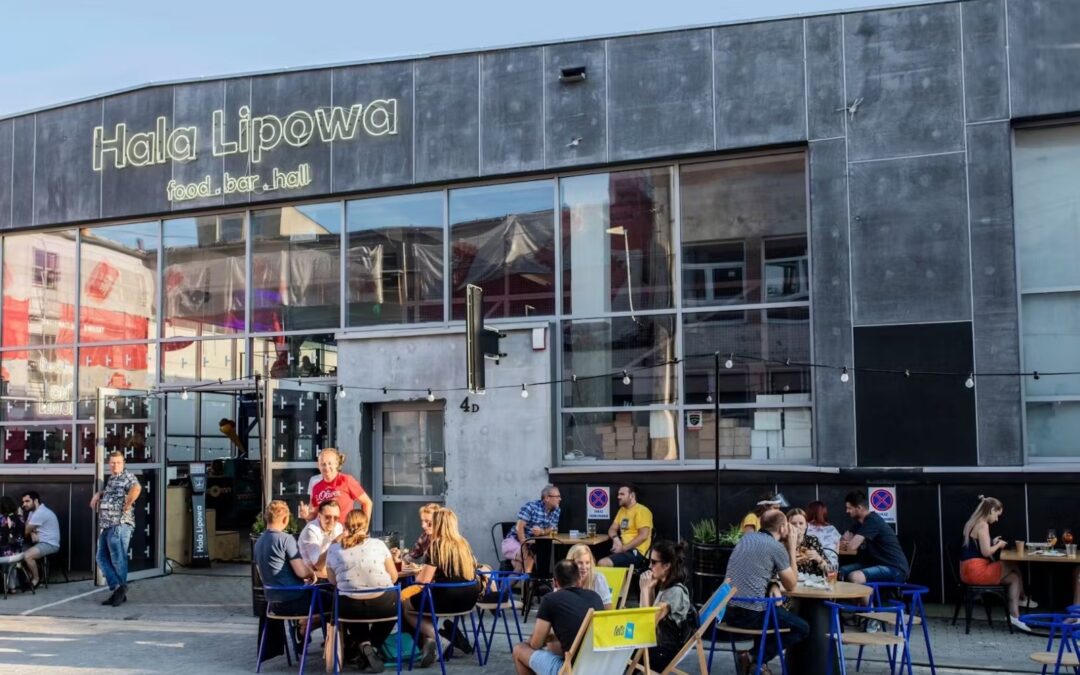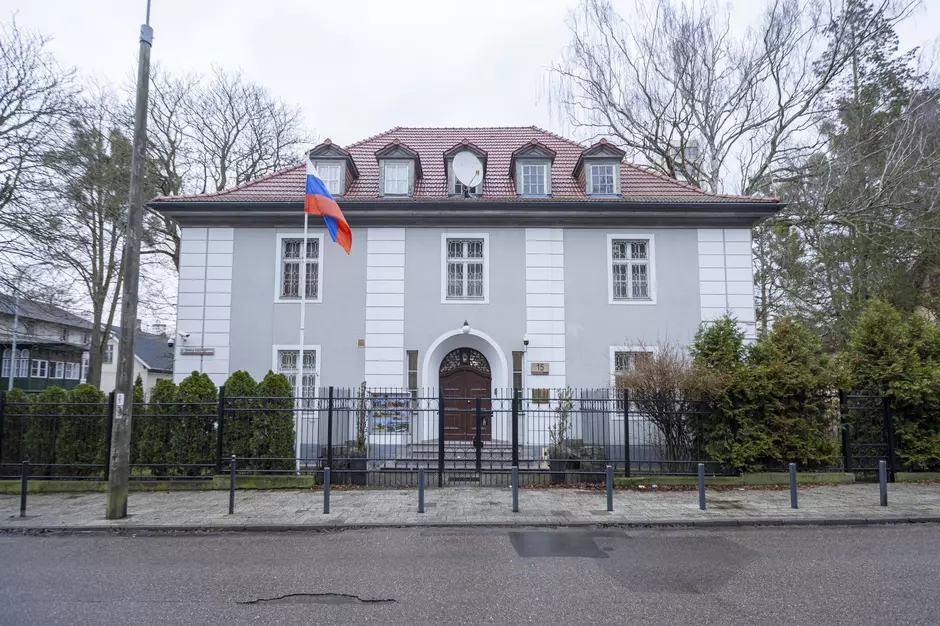The district of Zabłocie in the Polish city of Kraków has been ranked as one of the “coolest neighbourhoods in the world” by Time Out magazine.
The area, whose name literally means “beyond the mud”, is a former industrial district located on the opposite side of the Vistula River from the former Jewish district of Kazimierz.
Zabłocie fell into decline after the collapse of communism in 1989. However, over the last two decades it has been revitalised and turned into a thriving neighbourhood.
“Roastery coffee houses, pour-your-own craft beer spaces and ramen kitchens with robot waiters have all opened up shop,” writes Time Out. “The abundance of residential buildings means Zabłocie is at once lived-in and lively: a well-blended cocktail of culture, history, dining and local life.”
🙂A może jeszcze pójść na spacer? Np. do Parku Stacja Wisła na Zabłociu? Jest przecież fajny, ciepły #wieczór#Zabłocie #StacjaWisła
Fot. @BSKrakow pic.twitter.com/mIzmGm6345— Kraków (@krakow_pl) July 10, 2020
At the heart of the area’s redevelopment have been two major museums, both located at the site of a former enamel factory that during World War Two was run by Oskar Schindler.
One of the museums, which opened in 2007, tells the history of the brutal German-Nazi occupation of Kraków during the war. The other, which opened four years later, is the Museum of Contemporary Art in Kraków (MOCAK), one of Poland’s most important contemporary art galleries.
“The exhibits of Oskar Schindler’s Factory have long been one of the city’s musts,” writes Time Out. “But the addition of the strikingly brutalist Museum of Contemporary Art (MOCAK) to that same site in 2011 seems to have spearheaded something new over the past decade.”

The Museum of Contemporary Art in Kraków (image credit: MOCAK/Wikimedia Commons, under CC BY-SA 3.0)
The surrounding area has seen a wave of development, with apartment blocks, restaurants and bars springing up in the post-industrial space. A typical example is Hala Lipowa (pictured at the top of this article), which became Kraków’s first food hall when it opened in 2020, offering pulled pork sandwiches, katsu curries and craft beers.
The redevelopment of Zabłocie in recent years has, however, not been universally popular, with some critics saying that private developers have been given too much leeway to shape the district.
Last year, local activist Maciej Fijak declared Zabłocie to be “a district of wasted opportunities, a symbol of commercialisation of space without a plan” filled with “concreted, gated, private housing estates (and even pavements)”.
Z niedowierzaniem czytam w lokalnej GW opinię, że Zabłocie jest udaną i „żywą” dzielnicą.
Moim zdaniem to dzielnica straconych szans, symbol komercjalizacji przestrzeni bez planu, kompletnej betonozy, grodzonych, prywatnych osiedli (a nawet chodników). pic.twitter.com/iUHZKsqEUT
— Maciej Fijak (@FijakMaciej) April 16, 2023
Time Out, a UK-based global magazine that focuses on entertainment and other events, features 38 places in its latest annual list of the world’s coolest neighbourhoods.
Top spot was taken by Notre-Dame-du-Mont in Marseille, followed by Mers Sulta in Casablanca and Pererenan in Bali. Zabłocie was placed at number 11 on the list.

Notes from Poland is run by a small editorial team and published by an independent, non-profit foundation that is funded through donations from our readers. We cannot do what we do without your support.
Main image credit: Hala Lipowa (press materials)

Daniel Tilles is editor-in-chief of Notes from Poland. He has written on Polish affairs for a wide range of publications, including Foreign Policy, POLITICO Europe, EUobserver and Dziennik Gazeta Prawna.



















